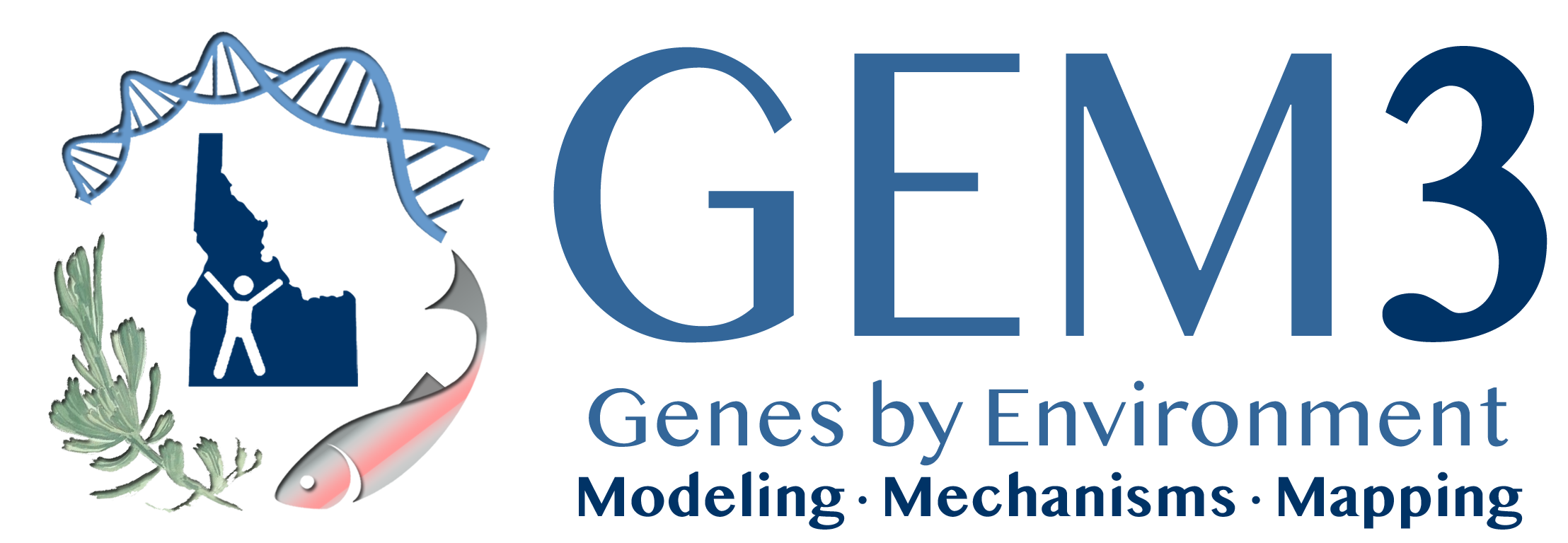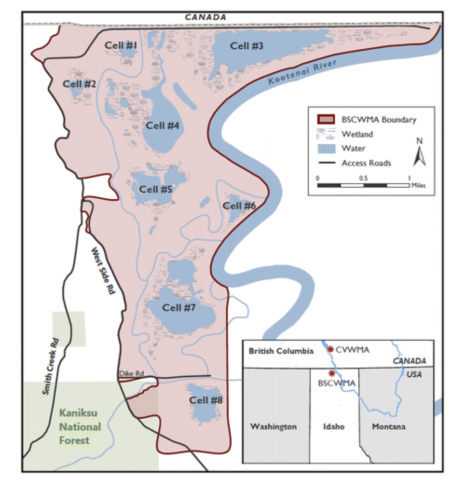Conservation translocations, intentional movements of species to protect against extinction, have become widespread in recent decades and are projected to increase further as biodiversity loss continues worldwide. The literature abounds with analyses to inform translocations and assess whether they are successful, but the fundamental question of whether they should be initiated at all is rarely addressed formally. We used decision analysis to assess northern leopard frog reintroduction in northern Idaho, with success defined as a population that persists for at least 50 years. The Idaho Department of Fish and Game was the decision maker (i.e., the agency that will use this assessment to inform their decisions). Stakeholders from government, indigenous groups, academia, land management agencies, and conservation organizations also participated. We built an age-structured population model to predict how management alternatives would affect probability of success. In the model, we explicitly represented epistemic uncertainty around a success criterion (probability of persistence) characterized by aleatory uncertainty. For the leading alternative, the mean probability of persistence was 40%. The distribution of the modelling results was bimodal, with most parameter combinations resulting in either very low (<5%) or relatively high (>95%) probabilities of success. Along with other considerations, including cost, the Idaho Department of Fish and Game will use this assessment to inform a decision regarding reintroduction of northern leopard frogs. Conservation translocations may benefit greatly from more widespread use of decision analysis to counter the complexity and uncertainty inherent in these decisions.
Map of the Boundary Smith Creek Wildlife Management Area (BSCWMA)
Source. Adapted from Idaho Department of Fish and Game.
Note. CVWMA, Creston Valley Wildlife Management Area.
| GEM3 author(s) | |
| Year published |
2023
|
| Journal |
Articles in Advance
|
| DOI/URL | |
| Keywords |
Ecology
Mathematical Models
Landscapes
|
| GEM3 component |
Modeling
|
| Mentions grant |
Yes
|

